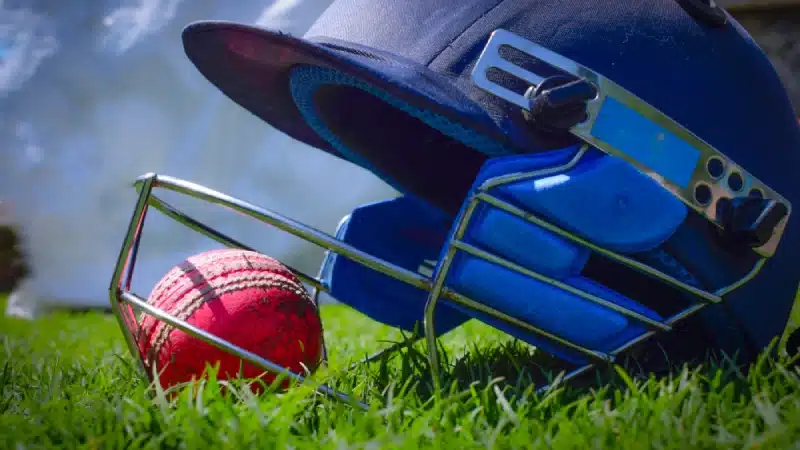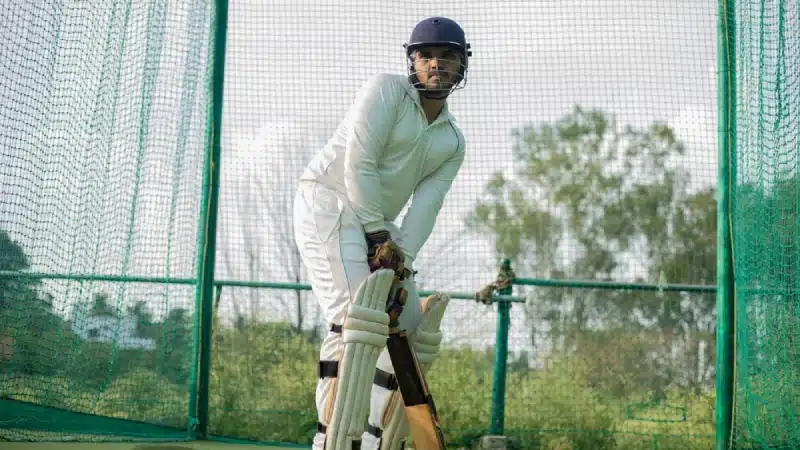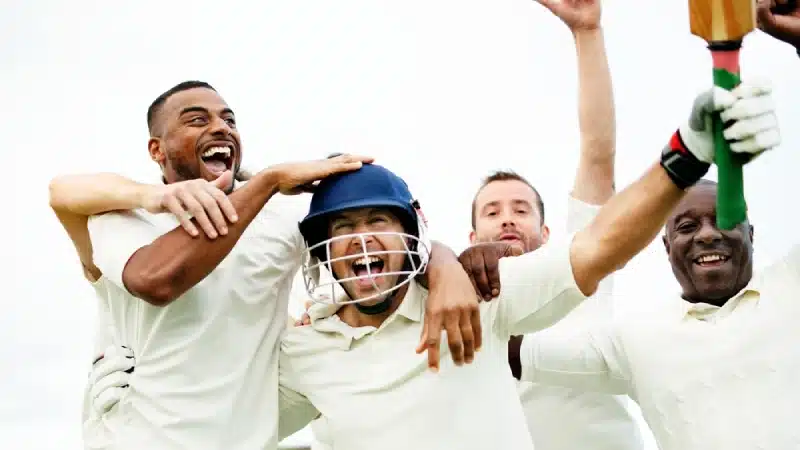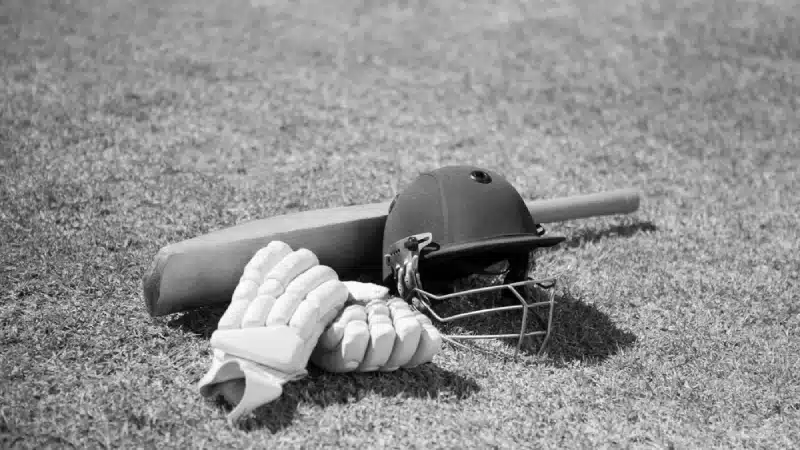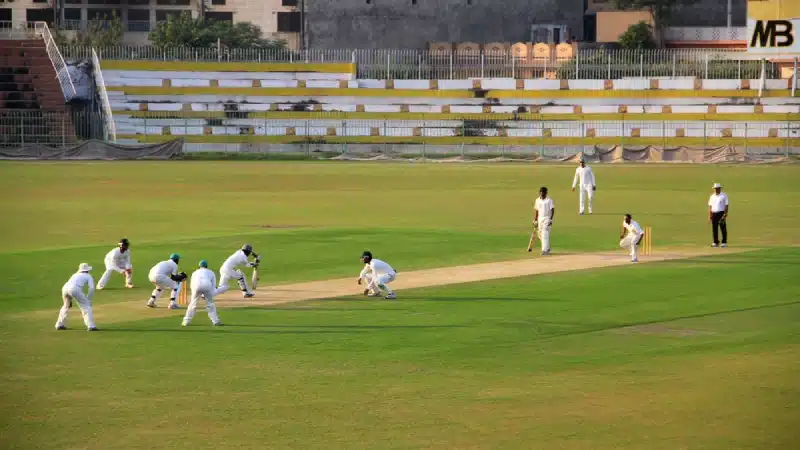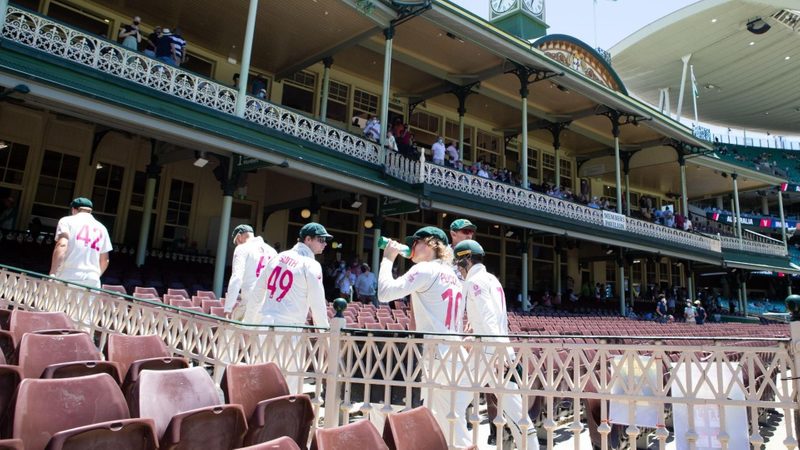
A Test match, which is the longest format in cricket, is played over five days, with a few breaks on each day for resting and recuperating.
Ideally, a total of two breaks are taken during a day’s play in a Test match, which are termed as lunch, a 40-minute break (Dinner in case of day/night matches), and tea break, a relatively smaller breathing space of 20 minutes before stumps, which marks the end of the day’s play.
Before the toss, the hours of play, which includes the timing and duration of intervals, are agreed upon between the teams and the umpires.
Here is all you need to know about lunch time in Test cricket.
What is lunch time in Test cricket?
A Test match is played for five days, with a minimum of six hours of play each day. The players must keep up with their fitness levels to sustain their energy throughout the match.
Hence, a 40-minute lunch interval is scheduled on all days to give the players much-needed downtime to recharge for the subsequent sessions.
Lunch time in Test cricket, which is the first interval of the day, is usually taken two hours after the commencement of the day’s play.
However, it can be expedited or delayed if the playing time is lost through bad weather conditions or poor light. This can be done if the on-field umpires and the two captains come to a mutual agreement on the decision.
The active batters and the fielding team generally opt for a lighter meal as compared to others who can choose to have a more substantial one.
How long is the lunch break in Test cricket?
The second session of the day resumes after a 40-minute lunch break.
According to law 11.5.1, “If an innings ends when 10 minutes or less remains before the agreed time for lunch, the interval shall be taken immediately. It shall be of the agreed duration and shall be considered to include the 10-minute interval between innings.”Photo credit: Alamy












